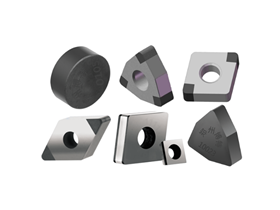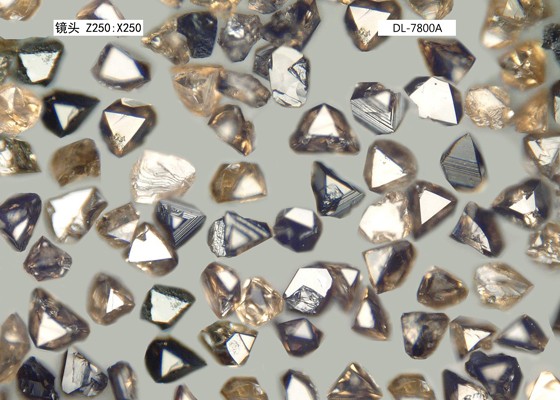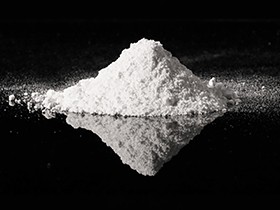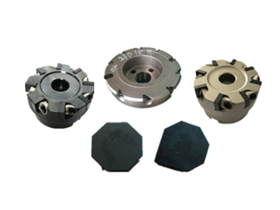In the cutting process system, machine tools, cutting tools, fixtures, and workpieces are the main components, with cutting tools being the most dynamic factor. High-performance tools combined with advanced processing equipment can maximize the efficiency of the entire cutting system, delivering significant economic benefits.
Meanwhile, the development of workpiece materials has driven the advancement of tool materials. The emergence of new and difficult-to-machine materials demands tools with superior cutting performance to enhance production efficiency and machining quality.
I. Introduction to Ultra-Hard Tool Materials
Ultra-hard tool materials primarily refer to diamond and cubic boron nitride (CBN), though there is no strict definition. Theoretically, materials with hardness approaching that of diamond are classified as ultra-hard tool materials.
These materials are widely used in hard cutting (direct machining of high-hardness materials). Hard cutting technology has achieved exceptional results in industries such as automotive, mold manufacturing, and machine tools. For example, using CBN tools to process cast iron and hardened steel components shortens production workflows, improves efficiency, and delivers strong economic outcomes.
II. Types, Characteristics, and Applications of Ultra-Hard Tool Materials
Current ultra-hard tool materials mainly include diamond, polycrystalline cubic boron nitride (PCBN), ceramics, and TiC(N)-based cemented carbides. Among these:
Diamond tools are primarily used for high-hardness non-ferrous and non-metallic materials.
PCBN, ceramics, and cemented carbides are applied to high-hardness steels, cast iron, and alloys.
1. Diamond Tools: Types, Characteristics, and Applications
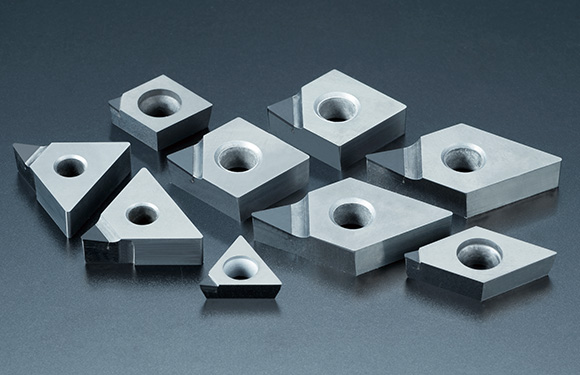
Diamond tools are made from diamond, an allotrope of carbon with a microhardness of 10,000 HV, making it the hardest naturally occurring material.
(1)Types of Diamond Tools
① Single-Crystal Diamond (SCD) Tools: Ideal for ultra-precision machining of non-ferrous metals, enabling mirror-like finishes. Natural SCD tools exhibit high hardness, wear resistance, sharp edges, and ultra-thin cutting capabilities.
② Polycrystalline Diamond (PCD) Tools: Developed in the 1960s, PCD is synthesized from graphite and catalysts under high temperature and pressure. Its lower cost compared to natural diamond makes it widely used in industrial applications.
③ CVD Diamond Tools: Produced via chemical vapor deposition (CVD) on substrates like cemented carbide or ceramics. These tools share structural similarities with natural diamond and are used in woodworking and tool dressing.
(2)Characteristics of Diamond Tools
Extreme Hardness and Wear Resistance: With a microhardness of 10,000 HV, diamond tools are 60–120 times more wear-resistant than cemented carbide. Their lifespan exceeds carbide tools by 10–100 times (or even hundreds of times) when machining high-hardness materials.
Anisotropy: Hardness, wear resistance, micro-strength, and friction coefficients vary significantly across different crystal planes and orientations.
Ultra-Low Friction Coefficient: Friction between diamond and non-ferrous metals (0.1–0.3) is half that of cemented carbide, reducing cutting forces and deformation.
High Thermal Conductivity: Diamond’s thermal conductivity is 1.5–9 times that of cemented carbide and 2–6 times that of copper, enabling rapid heat dissipation and low tool temperatures.
Sharp Cutting Edges: Edge radii can reach 0.005–0.008 μm for natural diamond tools, enabling ultra-thin cuts and precision machining.
Low Thermal Expansion: Diamond’s thermal expansion coefficient is a fraction of cemented carbide and 1/10 of high-speed steel, minimizing thermal deformation for high-precision machining.
(3)Applications of Diamond Tools
Diamond tools excel in high-speed machining of non-ferrous and non-metallic materials, including:
Wear-resistant non-ferrous metals (e.g., silicon aluminum alloys, copper alloys, cemented carbide).
Non-metallic materials (e.g., ceramics, graphite, plastics, fiberglass).
Limitations: Poor thermal stability above 700°C and incompatibility with ferrous metals (carbon atoms react with iron at high temperatures, converting to graphite).
2. Cubic Boron Nitride (CBN) Tools: Types, Characteristics, and Applications
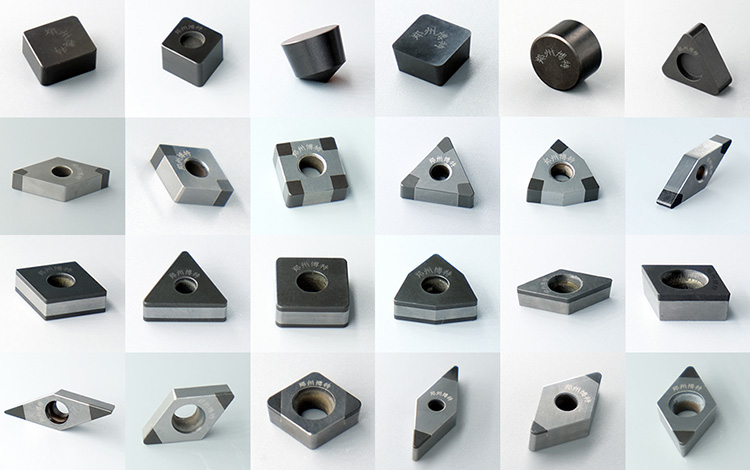
CBN, the second synthetic ultra-hard material after diamond, exhibits exceptional thermal stability (1,300–1,500°C) and chemical inertness to ferrous metals, making it ideal for machining hardened steels and cast irons.
(1)Types of CBN Tools
Most CBN tools are made from polycrystalline cubic boron nitride (PCBN) due to the brittleness of single-crystal CBN. PCBN tools include:
Solid PCBN Inserts: Entirely sintered from PCBN, suitable for high-speed, heavy-duty cutting.
PCBN Composite Inserts: PCBN is welded onto a tough carbide substrate, balancing hardness and toughness.
(2)Characteristics of CBN Tools
High Hardness and Wear Resistance: Microhardness of 8,000–9,000 HV, second only to diamond.
Superior Thermal Stability: Withstands temperatures up to 1,300–1,500°C, minimizing adhesive and diffusion wear.
Excellent Thermal Conductivity: Thermal conductivity of 79.54 W/(m·K) increases with temperature, supporting high-speed precision machining.
Chemical Inertness: Resists reactions with iron-based materials even at 1,200–1,300°C.
Low Friction Coefficient: 0.1–0.3, reducing cutting forces and surface roughness.
(3)Applications of CBN Tools
CBN tools are ideal for high-speed machining of ferrous materials, including:
Hardened steels, high-manganese steels, gray cast iron, and alloy cast iron.
Limitations: Unsuitable for low-speed, high-impact roughing or machining soft metals (e.g., aluminum, copper alloys) due to built-up edge formation.
3. Ceramic Tools: Types, Characteristics, and Applications
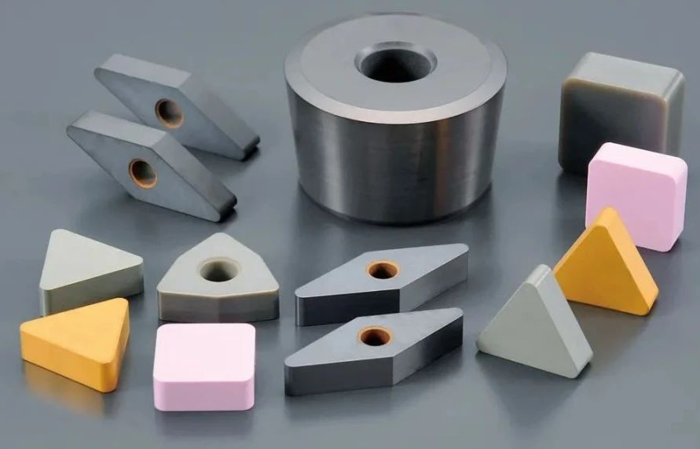
Ceramic tools offer high hardness, wear resistance, and thermal stability, with low affinity to metals, making them ideal for hard-to-machine materials.
(1)Types of Ceramic Tools
Modern ceramic tools include:
Alumina-Based Ceramics: Dominant in industrial use.
Silicon Nitride-Based Ceramics.
Silicon Nitride-Alumina Composite Ceramics.
(2)Characteristics of Ceramic Tools
High Hardness and Wear Resistance: Surpass cemented carbide and high-speed steel, enabling hard and high-speed cutting.
Thermal Resistance: Maintains performance even at red-hot temperatures.
Chemical Stability: Low reactivity with metals reduces adhesive wear.
Low Friction Coefficient: Minimizes cutting forces and heat.
(3)Applications of Ceramic Tools
Used for high-speed finishing/semi-finishing of cast iron, steel, copper alloys, graphite, and composites.
Limitations: Brittle with low flexural strength; unsuitable for low-speed, high-impact operations.
This structured overview ensures a clear understanding of ultra-hard tool materials, their unique properties, and industrial applications.
